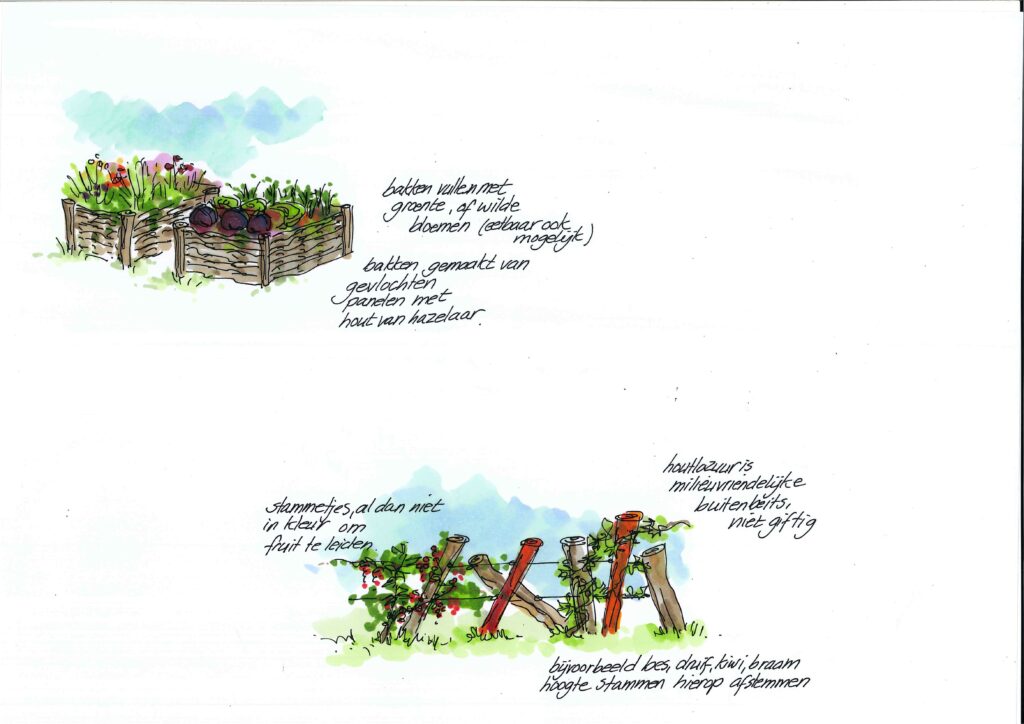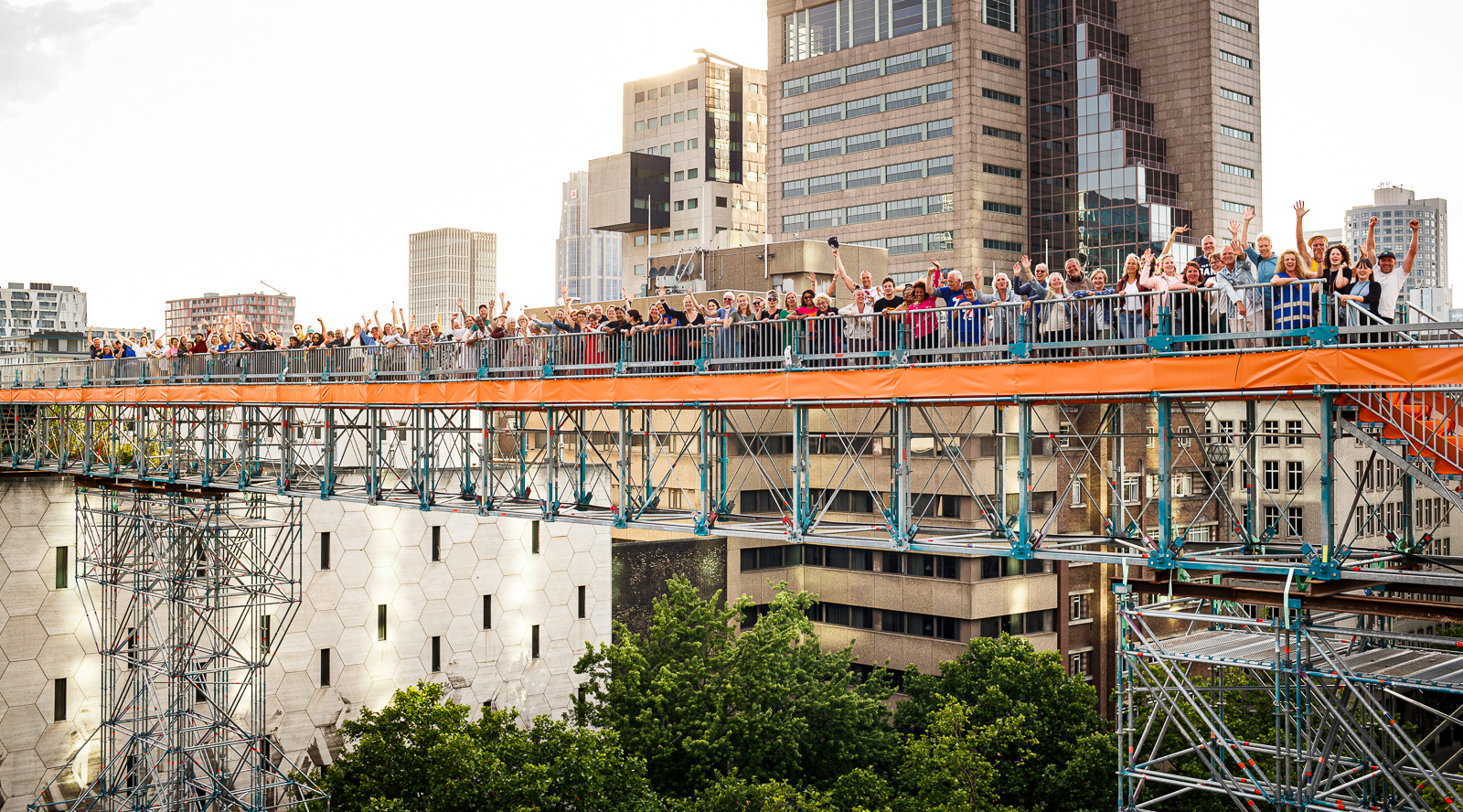
After a two day extension, the Rotterdam Rooftop Walk has closed its doors for good. 204,000 tickets were sold for the temporary walkway, which was accessible for 32 days. The exhibition on creative rooftop use featuring a bridge over the Coolsingel at a height of 29.5 metres, was a great success. The goal was for a large audience to experience the potential of flat rooftops for green, recreation, living space, sustainability and arts and culture. A new perspective on the future of the city, where the urban roofscape is fully utilised to the benefit of all city dwellers. For organiser Rotterdam Rooftop Days, the results have exceeded all expectations. The exhibition on the rooftops can be viewed again on rooftopwalk.nl, where all the different innovations have been highlighted.
The organisation plans to keep organising large projects on rooftops, but the Rooftop Walk will not return in the exact same form. From 1 to 4 June 2023, there will be another edition of the Rotterdam Rooftop Days.
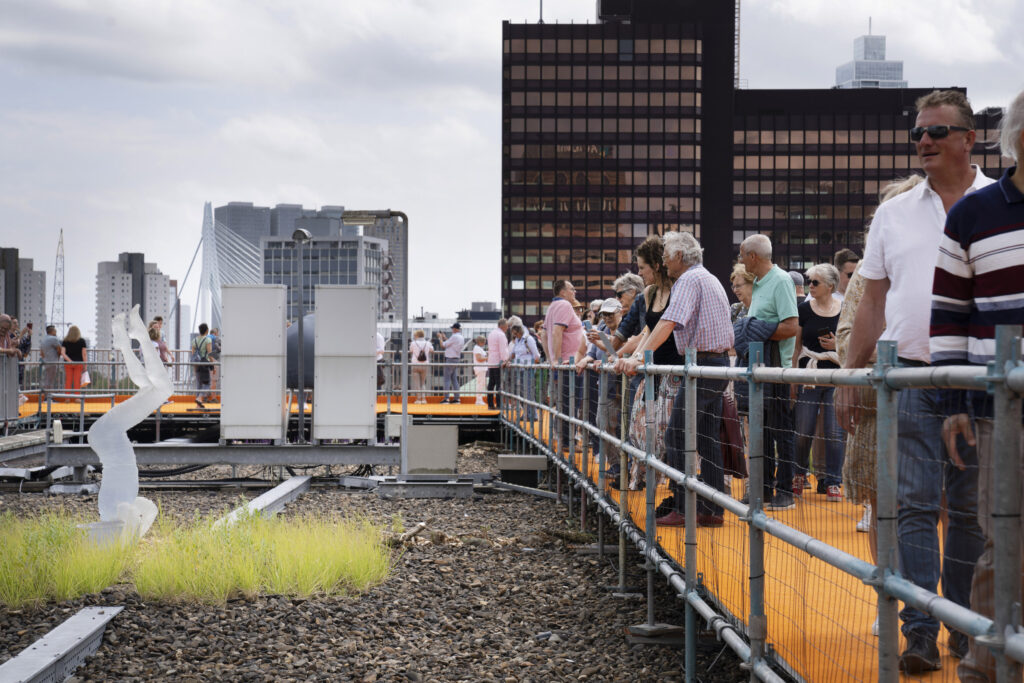
For questions please contact us via publiciteit@rotterdamsedakendagen.nl.
The Rotterdam Rooftop Walk is organised by Stichting Rotterdamse Dakendagen and is powered by our many partners, sponsors and subsidisers.
Concept: Rotterdamse Dakendagen, MVRDV
Design: Rotterdamse Dakendagen, MVRDV, Dutch Steigers, LOLA Lanscape Architects e.a.
Production, programme & communications: Rotterdamse Dakendagen
Construction: Royal Haskoning DHV, Exact advies & engineering
Locations: WTC Rotterdam, Bijenkorf, Q-Park
All partners
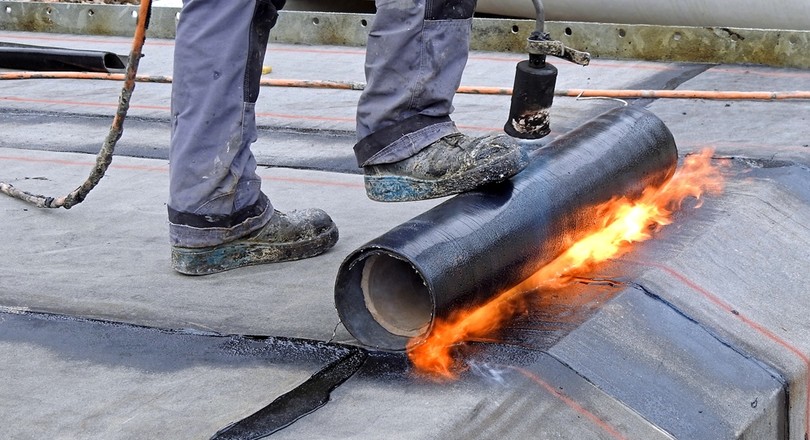
All green, yellow, red and blue rooftops also always contain roofing material. Fortunately, producers of roofing material – such as BMI – and large roofing companies – such as Consolidated – are innovating considerably with regard to sustainability. One example is the application of white EPDM sheeting to reduce urban heating, but the most important still-developing innovations are the recycling of bitumen and the slow move towards circular rooftops.
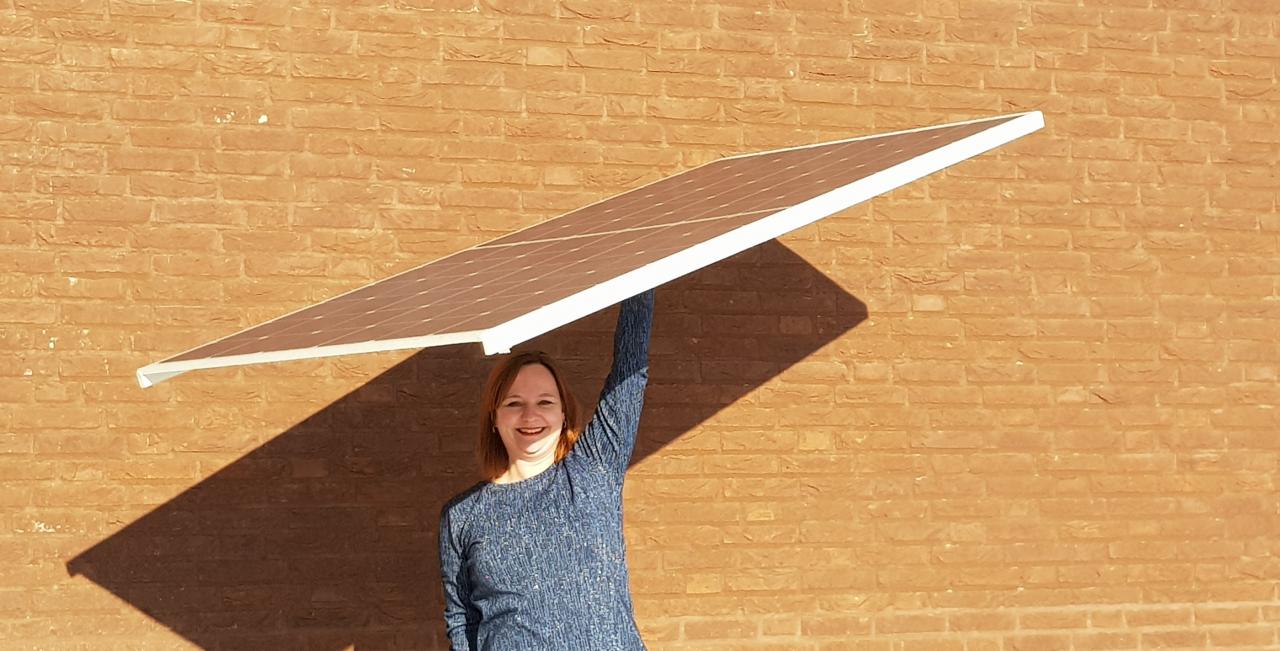
Solar panels are the most popular sustainable way of using rooftops. Unfortunately, they are often too heavy for many existing buildings. This will change through innovation, for instance with these solar panels by Solarge, made from recycled plastic in the Netherlands. No glass, so 50% lighter than normal, developed by the Technical University of Eindhoven. They are attached to a light weight system from Next Level Solar, another 50% weight reduction in the often heavy attachment to the rooftop. Next Level Solar (Rable) is an initiative of CBM.
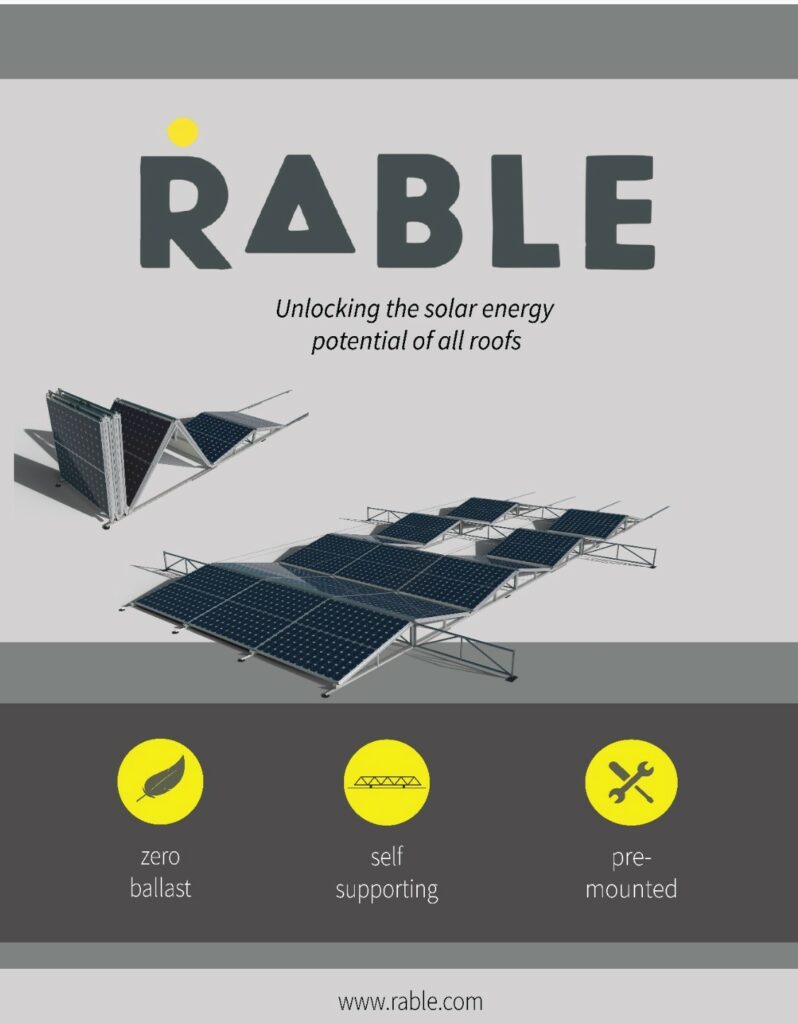
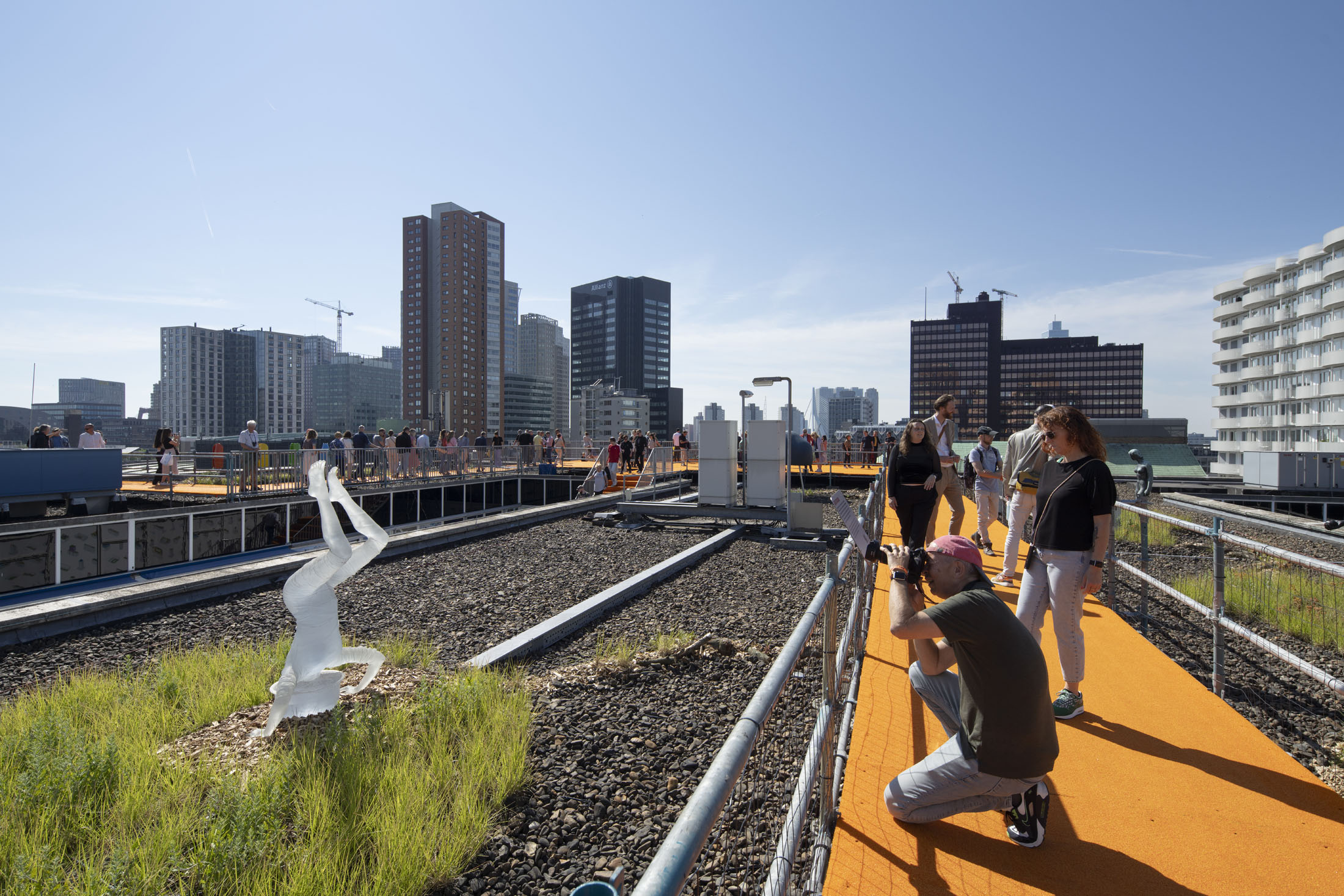
During your walk at the Rooftop Walk, you will come across innovative, sustainable and creative rooftop programme everywhere. Besides spectacular views, we want to show our visitors how the future for citie can look like when we make better use of our rooftops. On this page, you can find all installations and partners and get to know more about them.
Foto’s: Frank Hanswijk
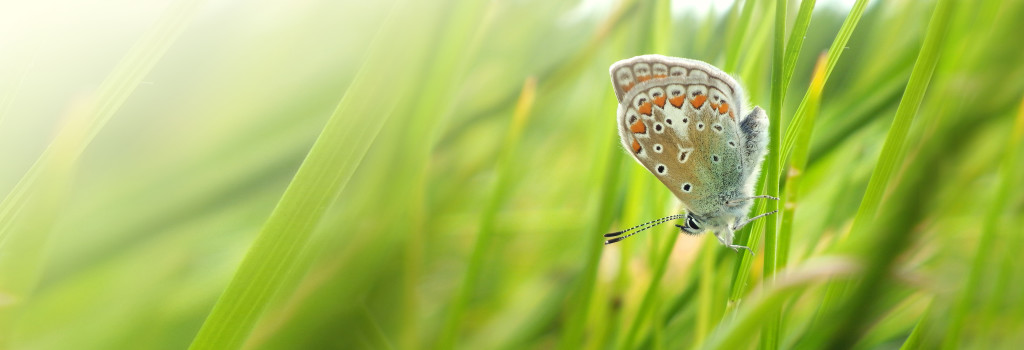
Earthkweek makes modules from expanded cork, as an alternative to plastic trays. Made from the waste material of cork stopper production. This application of the cork green roof is a test set-up in which Dutch wool, currently a waste product, is tested as an aggregate of the earth mixture (substrate). Sheep’s wool can keep the other ingredients (compost and tiling) airy. The wool can also buffer water and slowly decays, releasing nutrients for the plants growing in the substrate.
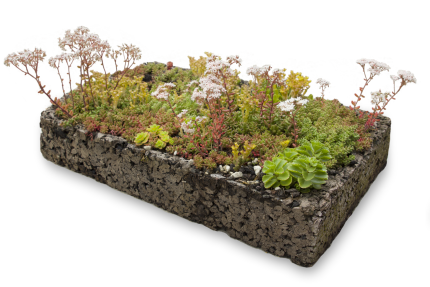
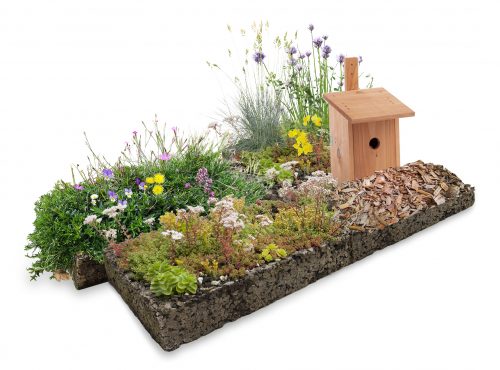
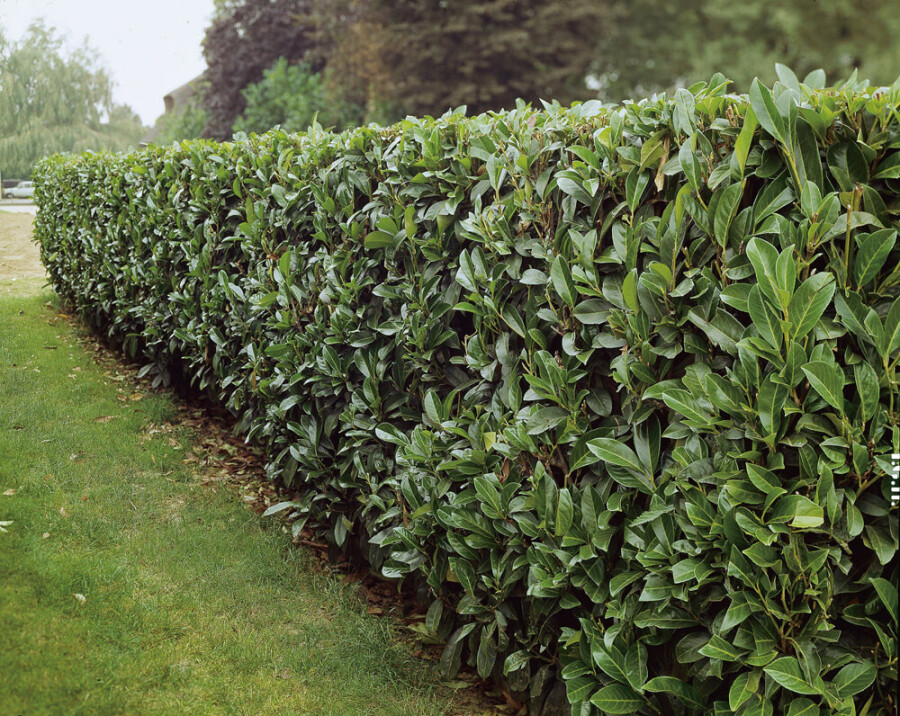
The number of house sparrows in cities is rapidly declining. Vacant lots and rooftops offer possibilities for more suitable habitats. But this requires shrubs as shelter for the birds. Rooftops and shrubs don’t match. Their many roots require lots of soil and therefore weight. Stadsstruik (city shrub), an initiative by Walden Studio and Bureau Stadsnatuur (Office for city nature) for Citylab 010 is a research into creative ‘climbing assistance’ for creeper plants, to transform them into a much lighter form of shrubbery, where house sparrows feel at home all the same.
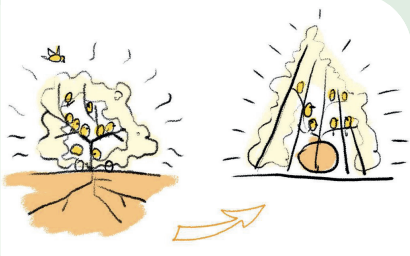
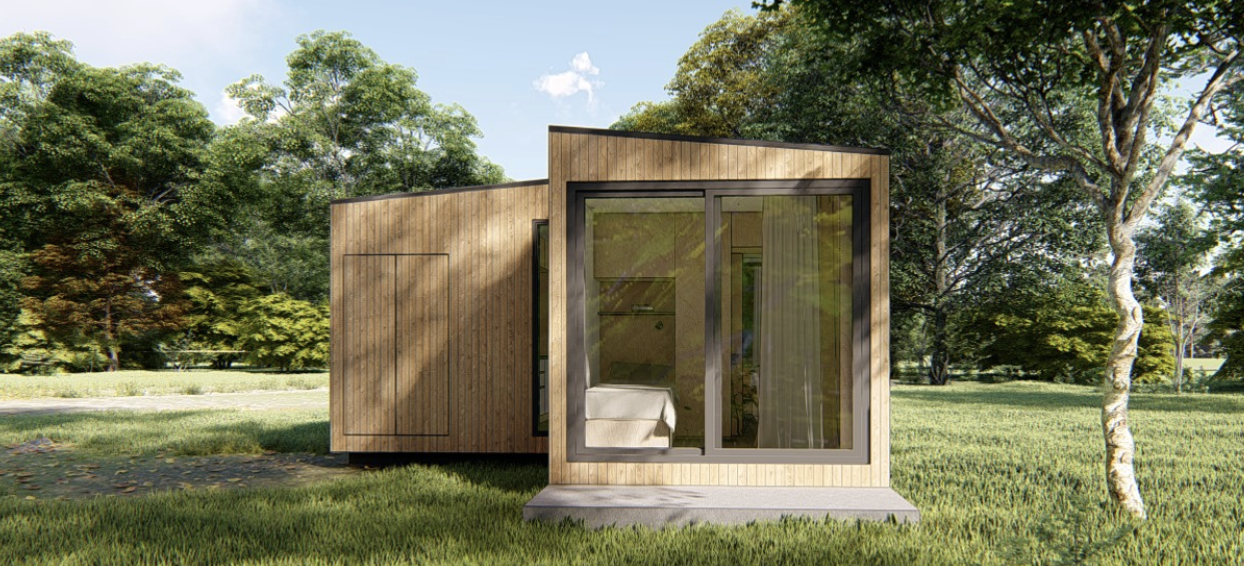
The rooftop village pilot is realised with existing buildings that are light, durable and spacious despite their small size. Among them is a ‘wikkelhouse’, made from a ‘wrapped’ cardboard structure. Another form of living is Nomad House, a portable living space for modern urban nomads. Rooftop villages will be accessible via staircases and bridges between buildings. Just like the Rooftop Walk.
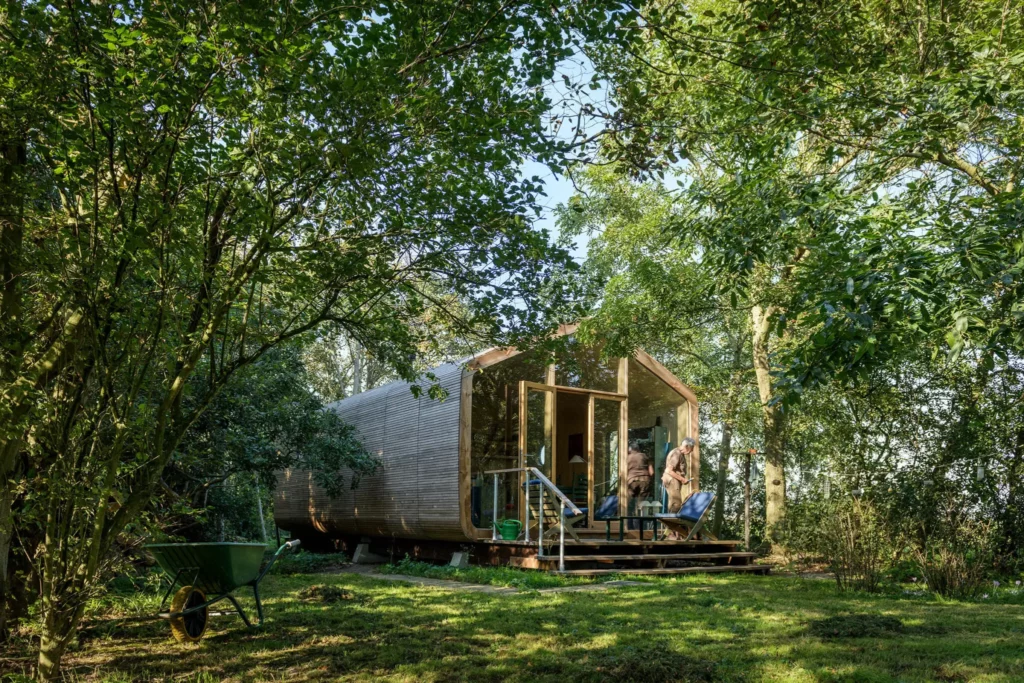
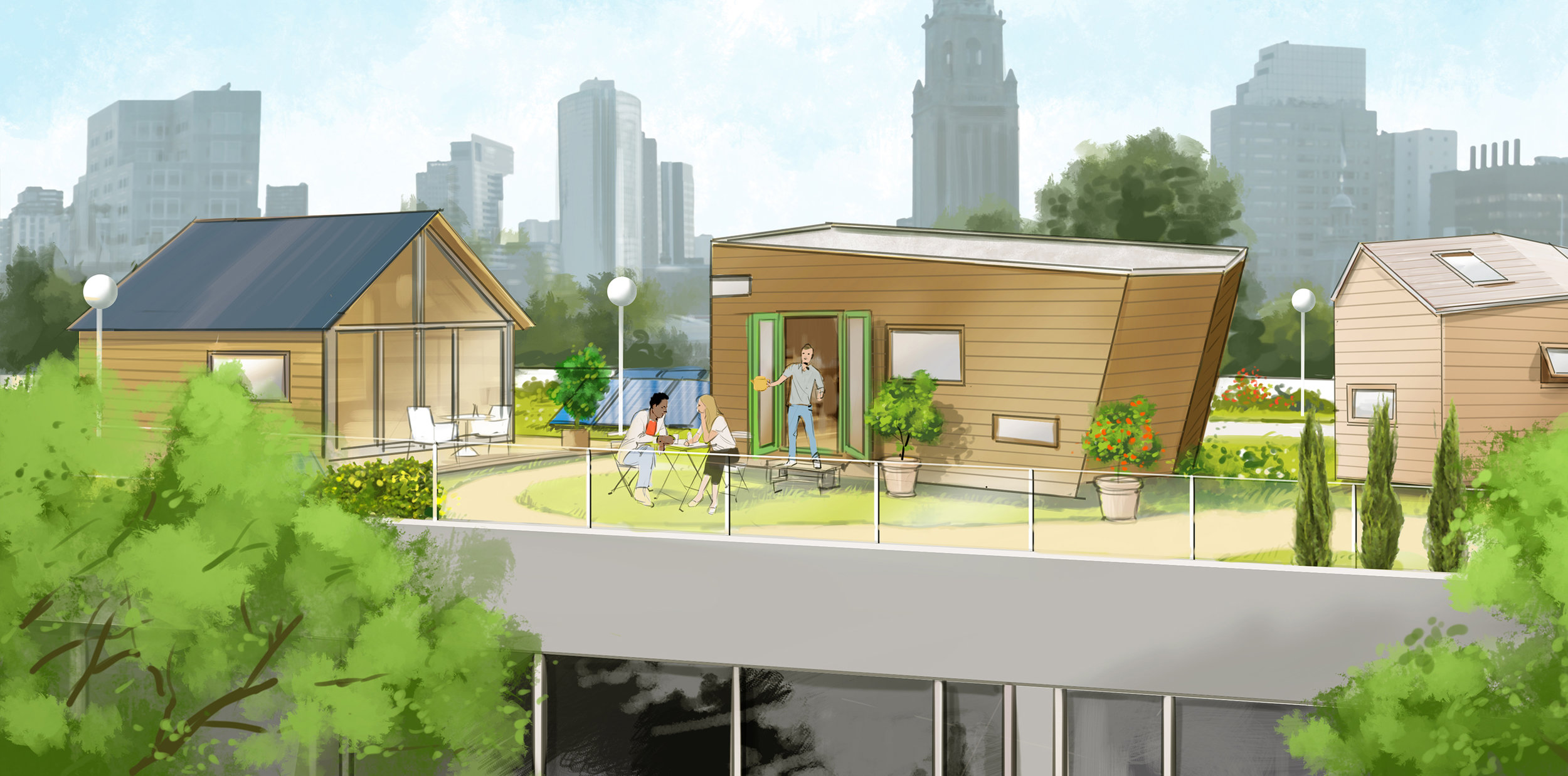
Adding green and buildings to existing rooftops means searching for answers to many questions. About the construction and capacity of the rooftop, suitable plant species and the business case of a rooftop village, among others. The research through a pilot village, by Stichting Dakdorpen, has been underway now for one and a half years. A permit application has been filed towards the first realisation of a rooftop village on De Kroon, a building in the west of Rotterdam.
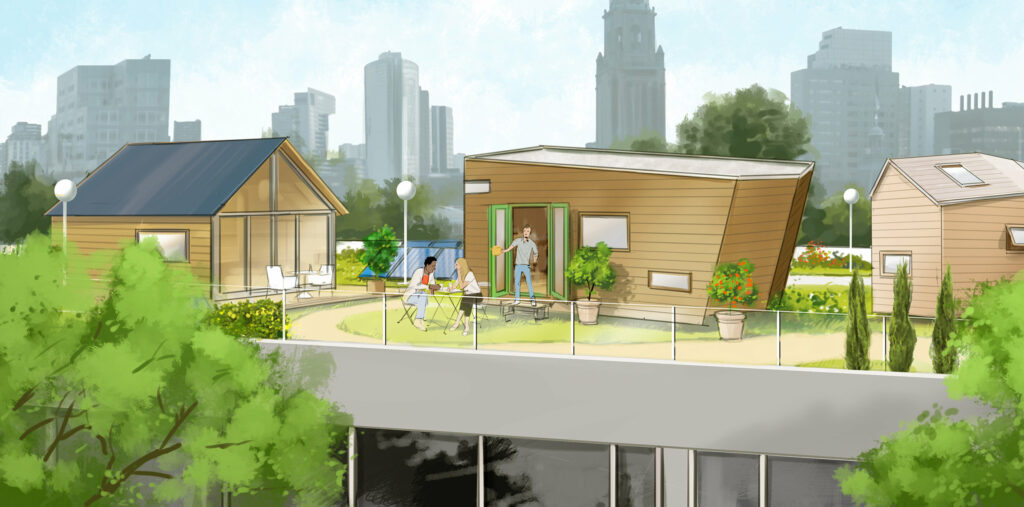

Tree trunks, willow twigs or hazel branches to separate plant beds or for braiding. A willow twig tunnel for shade or beans and pumpkins. Wood chip pathways are much cheaper than tiling. Apples and pears if the weight of the roof allows it. Don’t forget a water point for dry summers. And check for snails daily, even on the rooftop!
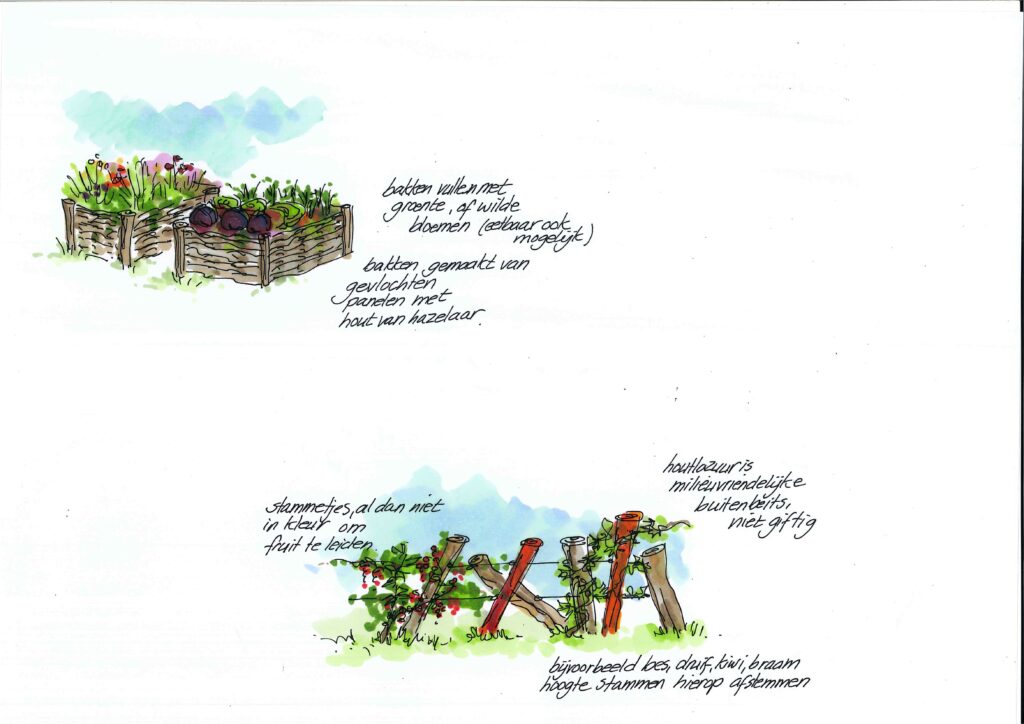
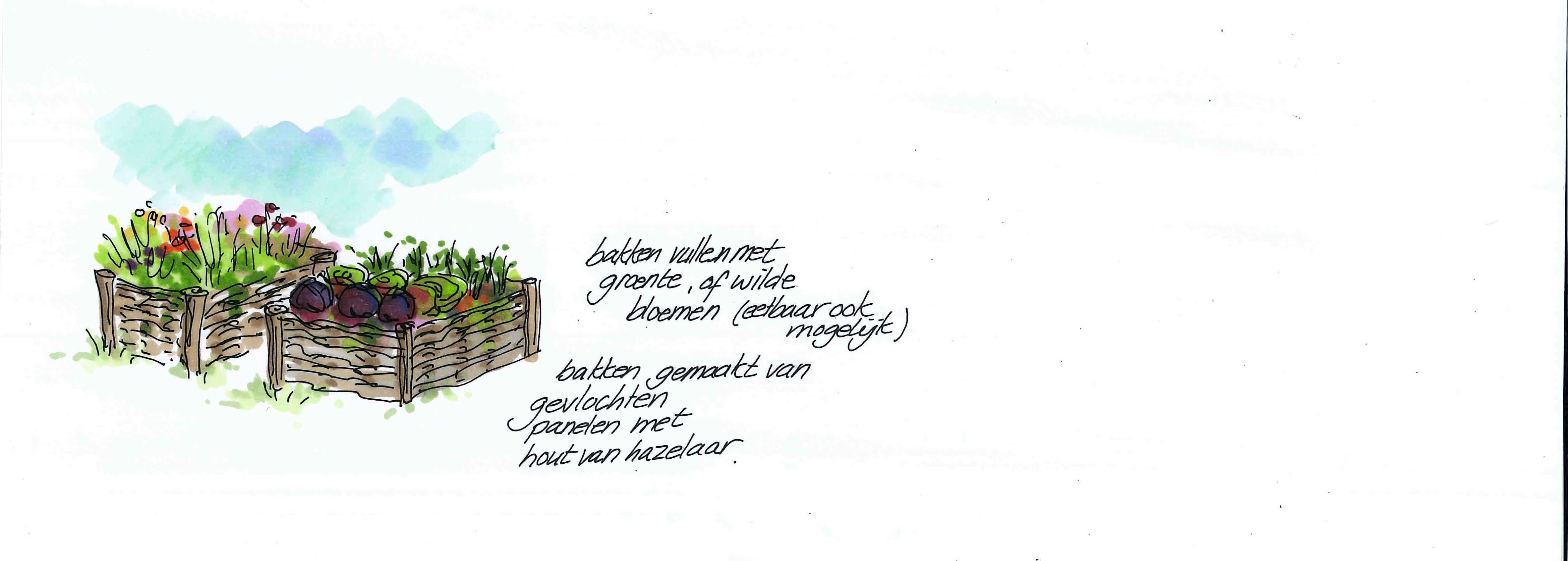
Rooftops filled with fruit trees, vegetables and edible flowers that are also food for animals? The gardeners at Van der Tol see lots of possibilities to enjoy a garden on your rooftop year round. Everything is possible: pumpkins, berries, fruit trees. Sowing and harvesting, composting or a greenhouse to grow tomatoes. Get inspired and grow your own garden on the rooftop!
